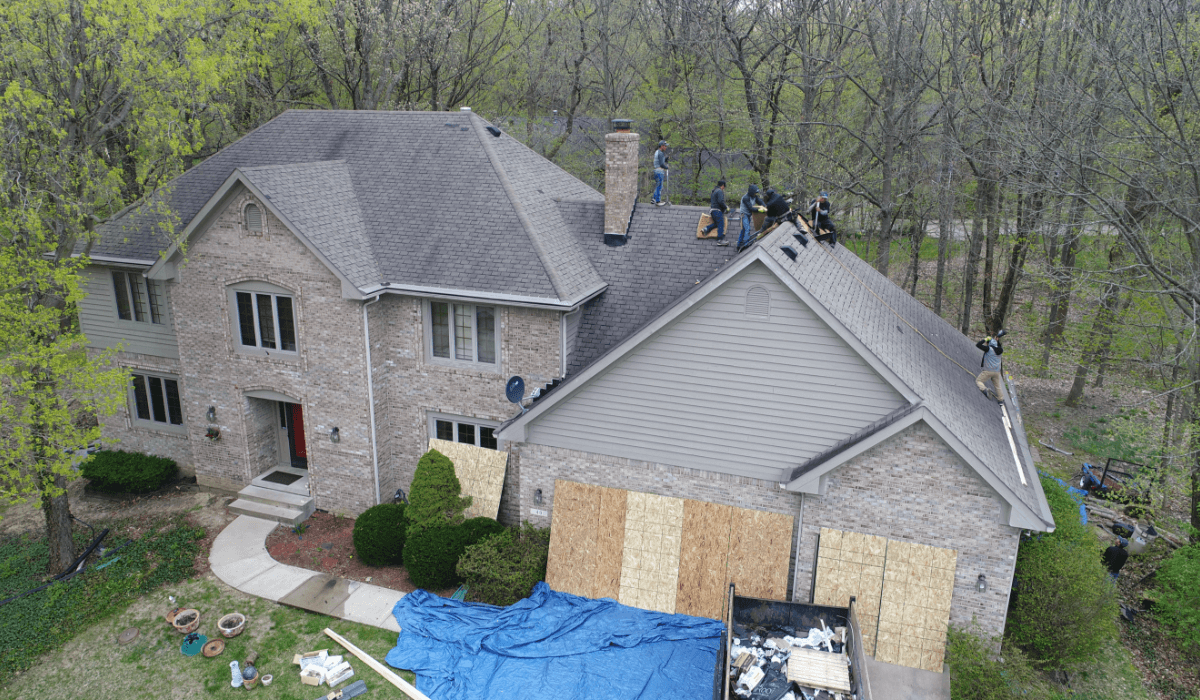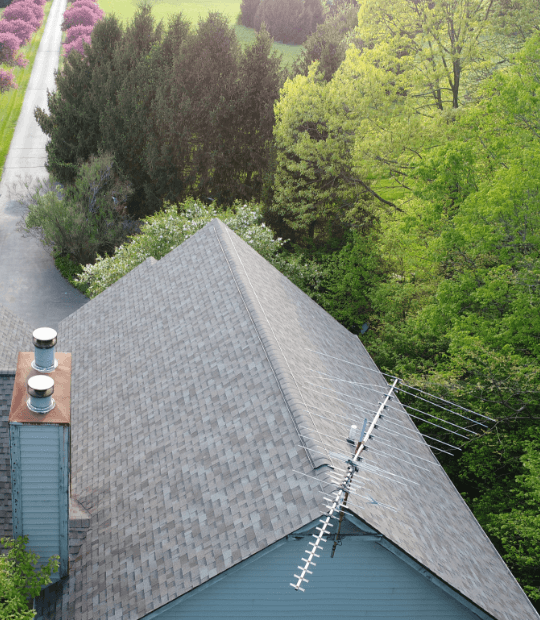As a responsible homeowner, you understand the significance of maintaining your property and ensuring its structural integrity. The roof is one of the most critical components of your house, protecting it from the elements and maintaining the safety and comfort of your family. However, over time, even the most well-maintained roofs will show signs of wear and tear, signaling the need for replacement. In this blog, we will discuss five warning signs that indicate it's time for a roof replacement. Ignoring these signs could lead to costly damages and compromise the safety of your home.
- Age of the Roof
The first and most obvious factor to consider when contemplating a roof replacement is its age. Most roofs have a lifespan of 20 to 25 years, depending on the materials used and the climate in your area. If your roof is approaching or has surpassed this age range, it's essential to have it inspected by a professional roofing contractor. Older roofs are more susceptible to leaks, cracks, and structural weaknesses, making replacement a prudent decision to prevent significant issues down the road.
- Damaged or Missing Shingles
Your roof's shingles play a crucial role in protecting your home from water and other external elements. Regularly inspect your roof for damaged or missing shingles. Shingles that are curled, cracked, buckled, or have granule loss indicate that they have reached the end of their life expectancy. Missing shingles expose your roof's underlayment and are a clear sign that replacement is necessary to maintain the roof's integrity and prevent water infiltration.
- Water Stains and Leaks
Water stains on your ceiling or walls are telltale signs of roof leaks. If you notice water spots or discoloration on your interior surfaces, it's crucial to investigate the source of the leak immediately. Roof leaks, if left unaddressed, can lead to significant water damage, mold growth, and compromised structural stability. A professional roofing inspection can help identify the source of the leak and determine whether repairs or a full roof replacement are necessary.
- Sagging Roof Deck
A sagging or uneven roof deck is a severe issue that requires immediate attention. This condition often indicates that the structural integrity of your roof is compromised, possibly due to water damage or inadequate support. A sagging roof deck can lead to a complete roof collapse if not addressed promptly. If you notice any signs of sagging, seek professional assistance immediately to assess the extent of the damage and determine the appropriate course of action, which may include a roof replacement.
- High Energy Bills
If you've noticed a sudden and unexplained increase in your energy bills, it could be a result of a deteriorating roof. An aging or damaged roof loses its ability to insulate your home effectively, leading to increased energy consumption as your HVAC system works harder to maintain a comfortable indoor temperature. A new roof with proper insulation will not only reduce your energy bills but also enhance the overall energy efficiency of your home.
Your roof is your first line of defense against the elements, and it's crucial to recognize the warning signs that indicate the need for a replacement. Ignoring these signs can lead to more extensive damage to your property and result in costly repairs. If your roof is nearing the end of its life, has damaged or missing shingles, exhibits signs of leaks or sagging, or causes unusually high energy bills, it's time to consider a roof replacement.
Roof replacements are significant investments, but they provide long-term benefits in terms of safety, comfort, and energy efficiency. When it's time for a replacement, always consult with a professional roofing contractor to assess your specific needs and choose the right materials for your home.
Remember, a well-maintained roof not only protects your property but also adds value and curb appeal to your home. So, be proactive in identifying these warning signals and act promptly to secure the structural integrity of your most valuable asset – your home.


.jpeg)
